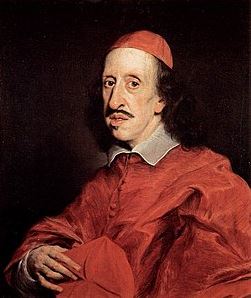Did you know that William Hewson (1739-1774), sometimes known as the ‘father of haematology’, was a fellow of the Royal Society? The Royal Society received it’s charter in 1663 and fellowship included a number of haematologists including William Harvey, Sir John Dacie, Hermann Lehmann, Sir David Weatherall and others. The Royal Society, was and still is, one of the most prestigious scientific societies in the world. However the Society was preceded by the Accademia dei Lincei (1603) which was one of the oldest European Scientific Institutions, situated at the Palazzo Corsini, Via Della Lugarno Rome, Italy. Founded by Federico Angelo Cesi with Johannes van Heeck (patron to Tycho Brahe and Johan Kepler, Francesio Stelluti and Anastasia de Filitis, it was aimed at the Natural Sciences through observation, experimentation and inductive reasoning (a general principle is derived from observation). Membership included Galileo Galilei.

Another early ‘Academy of Science’ in Europe was the Accademia del Cimento (1657-1667) in the Pitti Palace in Florence (Academy of Experimentation, in English) and it used the Galilean experimental method. Cimento was founded in 1657 by Leopold de’ Medici. Leopoldo (1617-1675) was one of the famous/infamous Medici family. He was the youngest son of Cosimo II and brother of the future Grand Duke Ferdinando II. A great enthusiast of scientific principle and a collector of rare books, he died suddenly in 1675. He had made an unsuccessful attempt to rehabilitate Galileo.
The Academy had a relatively short life however and was disbanded in 1667 probably because of internal disputes and the move of Leopold (now a Cardinal) to Rome.

